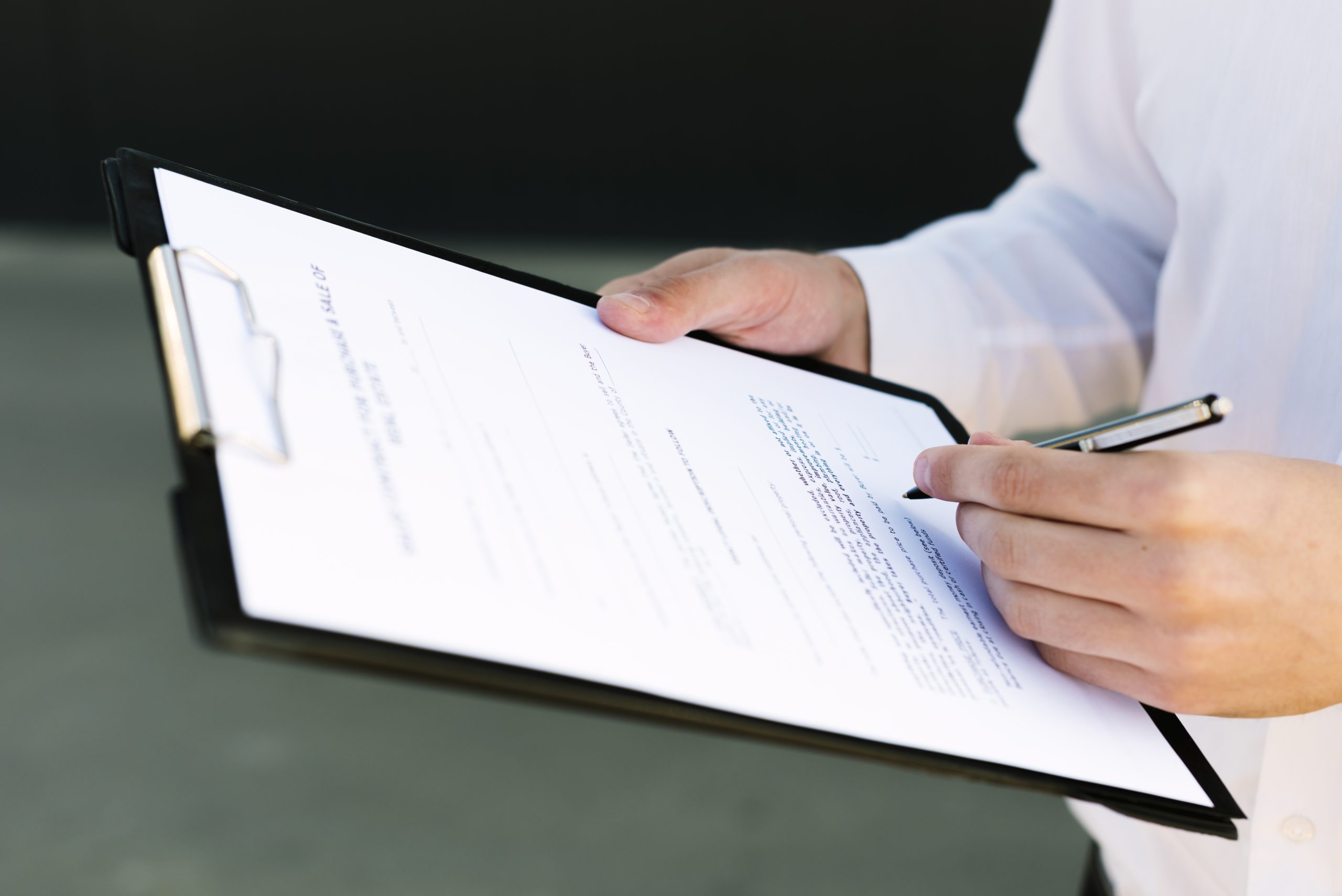A critical facilitator for the seamless export and import of goods is the Certificate of Conformity (COC). This document serves as an authoritative declaration that a product has met the required safety, quality and regulatory standards of the importing country. The COC is not merely a formality but a prerequisite for manufacturers aiming to penetrate international markets, ensuring that their products are compliant with the destination country’s regulatory environment.
For businesses engaged in the manufacturing sector, the significance of obtaining a COC cannot be overstated. It acts as a guarantor, assuring both trade partners and regulatory authorities that the product adheres to the minimum requirements set by the importing jurisdiction. This certification is essential for navigating the complex landscape of international trade regulations, where each country may have its own set of standards and compliance requirements.
The COC is, therefore, a linchpin for manufacturers, not only affirming the quality and compliance of their products but also facilitating smoother customs clearance, reducing the risk of entry barriers or delays. In essence, it underscores a manufacturer’s commitment to global standards of excellence, ensuring their products are positioned for success in the competitive international marketplace.
What is the Purpose of a Certificate of Conformity ?
The main job of the COC is to be the bridge of trust between manufacturers, regulators and consumers. It serves multiple purposes:
Safety and Quality Assurance: It tells consumers and businesses that the product they are buying isn’t going to fail within the period of warranty and won’t cause any harm in its use.
Regulatory Compliance: For manufacturers, it’s a pass to show that they’re not playing by their own rules but following industry standards.
Market Access: Having a COC can also be the golden ticket to entering new markets, especially those with strict regulations such as the EU or the USA.
Is Certificate of Conformity Mandatory?
Whether a COC is mandatory depends on what you’re making and where you’re selling it. In many industries and countries, especially those with strict safety and environmental audit standards, it is likely mandatory. For others, it might be voluntary but highly recommended, as it can significantly ease the process of entering new markets and gaining customer trust.
How to Get a Certificate Of Conformity?
Getting a COC involves a few steps, which can vary depending on the product and the regulations in your industry.
Know the Requirements: Before embarking on the journey to secure a COC, it’s critical to thoroughly understand the specific standards and regulatory requirements that are relevant to your product in your target market. This groundwork involves pinpointing the international or regional standards, such as ISO standards or European CE marking directives, which dictate the safety, quality and performance criteria your product must meet.
Test and Evaluate: With the relevant standards in mind, the next step is to engage with an accredited laboratory that specializes in testing products within your industry. The chosen laboratory will subject your product to a series of tests that measure compliance with the required standards. Following this, the laboratory testing will produce detailed test reports that reflect how well the product aligns with the regulatory criteria.
Compile Documentation: After successful testing, the next phase is to compile a comprehensive file of documentation. This file typically includes the test reports from the accredited lab, a detailed description of the manufacturing processes, proof of quality control mechanisms in place and any other information that demonstrates consistent compliance with the standards.
Apply for the COC: Finally, you’ll take all of this evidence and apply for the COC with the appropriate regulatory body or certification agency. This involves submitting a package of documents, including the results from the accredited laboratory, your internal quality control documentation and often a Declaration of Conformity, which is a self-declaration that your product meets all the necessary regulations. The regulatory body then reviews your submission and, if satisfied, issues the Certificate of Conformity.
This certificate is an official document affirming that a product has been evaluated and approved as meeting the necessary quality, safety, and performance standards, enabling you to trade within and across international borders with confidence.
What Details are Included in the Certificate of Conformance?
A COC is not just a piece of paper; it’s a comprehensive document that includes vital information about the product, such as:
Manufacturer’s Details: This serves as the identity card for the product’s origin. It includes the full name and address of the manufacturer, as well as contact information. It may also list any additional manufacturing sites if relevant to the certification process. This information provides traceability and accountability, enabling authorities and consumers to know exactly who is responsible for the product.
Product Specifications: Here, you will find a detailed description of the product, including its design, type, model and any variations if applicable. The specifications also cover the materials and components used, their source and the technical parameters that define the product’s performance. This could extend to dimensions, weight, capacities, or other pertinent physical and functional characteristics that are relevant to the standards the product must meet.
Test Results: The test results offer concrete evidence of the product’s compliance with the listed standards. This section summarizes the outcomes of all assessments carried out by the accredited laboratory or testing facility. It includes detailed results of each test, measurements taken and how these compare to the required thresholds or acceptance criteria.
Standards Met: This critical part of the COC lists all the specific standards and regulations the product complies with. These could be international standards like those set by the International Organization for Standardization (ISO) or specific regional directives such as the EU’s CE marking requirements. This demonstrates that the product has been rigorously evaluated and meets the established criteria for quality, safety and performance.
Batch or Serial Number: To ensure that the COC is linked to a specific set of products, each certificate carries a unique identifier. This could be a batch number, which relates to a group of products manufactured in a single run under uniform conditions, or a serial number for individual product tracking. This number is vital for recalls, quality assurance processes, or regulatory checks, allowing for the precise identification of the certified product group or unit.
Together, these details compose the COC, a document that not only affirms compliance but also provides the necessary transparency and assurance for regulators, trade partners and consumers about the product’s adherence to required standards.
What is the Difference Between a COA and COC?
A Certificate of Analysis (COA) and a Certificate of Conformity (COC) might sound similar, but they serve different purposes. A COA is more about the product’s specific test results and measurements, showing how it performed in tests against certain parameters. It’s like a report card. On the other hand, a COC is an overall declaration that the product meets the required standards, more like a graduation certificate.
When exporting goods, safety and quality cannot be compromised and the Certificate of Conformity stands as a beacon of assurance. The responsibility that accompanies the issuance of a COC is substantial. As a manufacturer, by affixing your signature to this document, you are making a firm commitment that your product fully adheres to the legal standards required. This is not a declaration to be taken lightly. As an importer, it is imperative that you have the capacity to produce the COC upon request, as failure to do so can result in significant financial penalties.
Beyond the immediate risk of fines, the gravity of responsibility extends to the condition of the product itself. Should any product be found defective, the importer – and by extension, the manufacturer – is held accountable for any resultant damage. Such scenarios can lead to the even more serious action of product recalls, a costly and reputation-damaging affair.
Given these extensive implications, it is clear that the COC represents a crucial step in your manufacturing and distribution process. It is of utmost importance to approach this with diligence and thoroughness, ensuring that your products unequivocally meet all the necessary legal requirements. The COC is not just a document; it is a testament to the integrity and safety of your products and, by extension, your brand.Contact us for enquiries on how to prepare a Certificate of Conformity that meets the standards of the jurisdictions into which you are importing.

